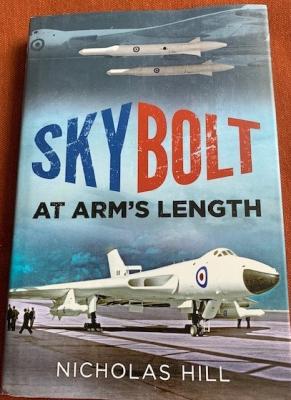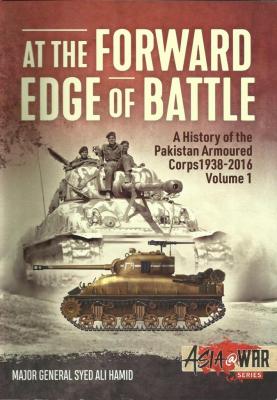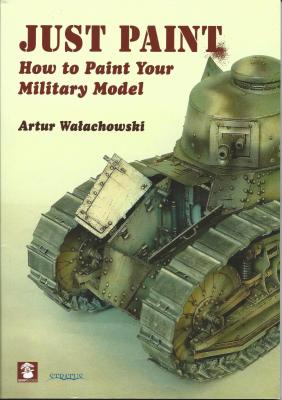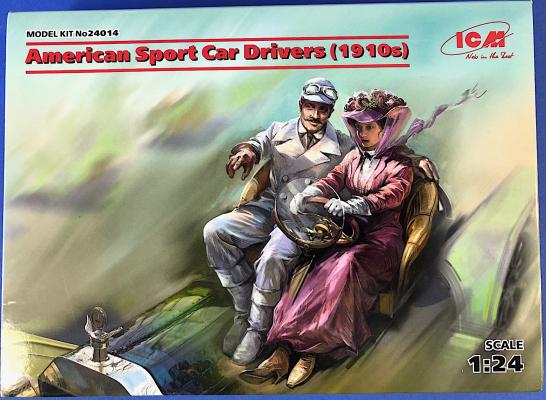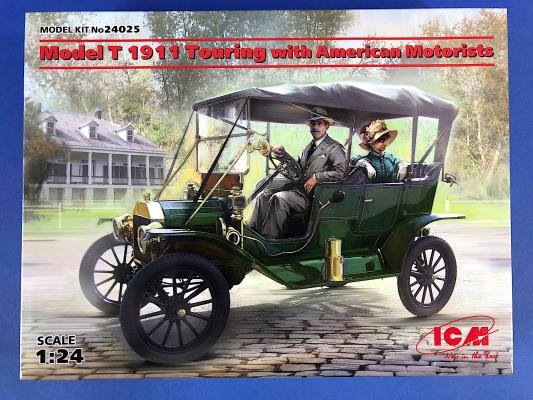In the aftermath of World War Two, the United States and the Soviet Union were not the only powers who pursued and developed nuclear weapons. Both France and England pursued the development of nuclear and thermonuclear weapons after World War Two. The problem came in developing reliable and effective methods of deploying these weapons. In the immediate aftermath of World War Two, prior to the missile age, the only option was the manned bomber. Unfortunately, as antiaircraft systems became more effective and sophisticated, questions began to arise with respect to the ability of the manned bomber to penetrate these defense systems and reach their targets with gravity bombs.
Welcome to the IPMS/USA Reviews site!
Introduction: The primary organization of the IPMS/USA Review website is by IPMS/USA National Contest Class. Within each Class there are sub-menus by kits, decals, books, etc. The Miscellaneous Class is for items that are not class specific or that cross two or more classes.
IPMS/USA Members: We encourage you to submit reviews, both here and to the Journal. To volunteer for membership in the IPMS/USA "Reviewers Corps" and submit your own reviews, please read the Guidelines For Submitting Product Reviews.
Manufacturers, publishers, and other industry members: IPMS/USA is pleased to offer your company the opportunity for product reviews. All product reviews are performed by IPMS/USA members, and are posted in the publicly-accessible section of our website. With very few exceptions, we perform full build reviews of new kit releases, aftermarket products, and supplies. If you would care to provide product samples for review, please contact John Noack, IPMS/USA 1st VP.
To learn more about IPMS/USA, please see our About Us page.
Some decades before Pakistan became a separate nation, India had its own armored corps serving as a colonial force. Realistically, it was more of an armored unit in name than in fact, as early on their British overlords put them right at the bottom of the list in terms of supplies, even as World War Two swept the globe. Unspoken (for the most part) at the time was the belief that Indian “natives” were, perhaps, a wee bit too unsophisticated to manage large mechanical devices like armored vehicles – colonial thinking at its best.
This is a book that provides you details of how to finish and weather military ground vehicle models. It has detailed chapters on 10 different and varied model kits.
The detailed chapters are very well illustrated with very well-presented photographs. The methods and materials used are very well shown and will help move your knowledge and work to a new level.
I found this book very helpful and used some of the ideas already on my latest build of an early Tiger 1. The methods depicted and described are great and will lead to better finishes. The only criticism I have is that it could have been improved with more written descriptions with each photo shown.
I recommend this book to everyone whatever level of modeling you are at.
Thanks go to MMP Books for providing this book to review and IPMS USA for allowing me to review it for them.
This kit contains two figures, a man and women in sporty attire. The figures are a nice companion to ICM’s Model T 1913 Speedster American Sport Car, kit no. 24015. For this review I posed them with ICM’s Model T Touring Car.
The kit comes in a 10 x 7 1/2 x 1 1/2 light cardboard box with a slip cover with box art. The box top includes a painted rendering of the two figures and artistic suggestion for painting of the figures. The instructions come on a single 8 1/4 x 11 1/4 sheet with the sprue layout and color list on one side and the assembly diagrams and painting instructions on the reverse side.
Background
Another of ICM’s beautiful 1/24 car kits, this one a 1911 Model T Touring Car. The Touring Car body had two rear seat doors in addition to the front seat doors, two bench seats, and a foldable canvas top. This release also includes two figures, a man and a woman, in period attire. ICM’s kit is an easy build with nice fitting parts and without a lot of small parts.
ICM’s Kit
The kit comes in a 9 x 12 x 2 1/2 light cardboard box with slipcover. The box art depicts the vehicle in a dark green color with brass accessories, the male figure driving, and the woman in the backseat. The canvas top is shown in a medium gray color.
The kit comes on five sprues crisply molded in a light gray color, one clear plastic sprue, and four white vinyl tires. The detail on the parts is simple, but very good, with no apparent flash and very minor mold seems.











